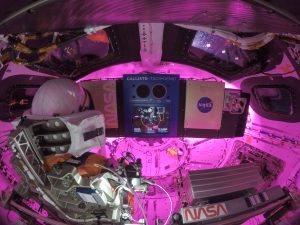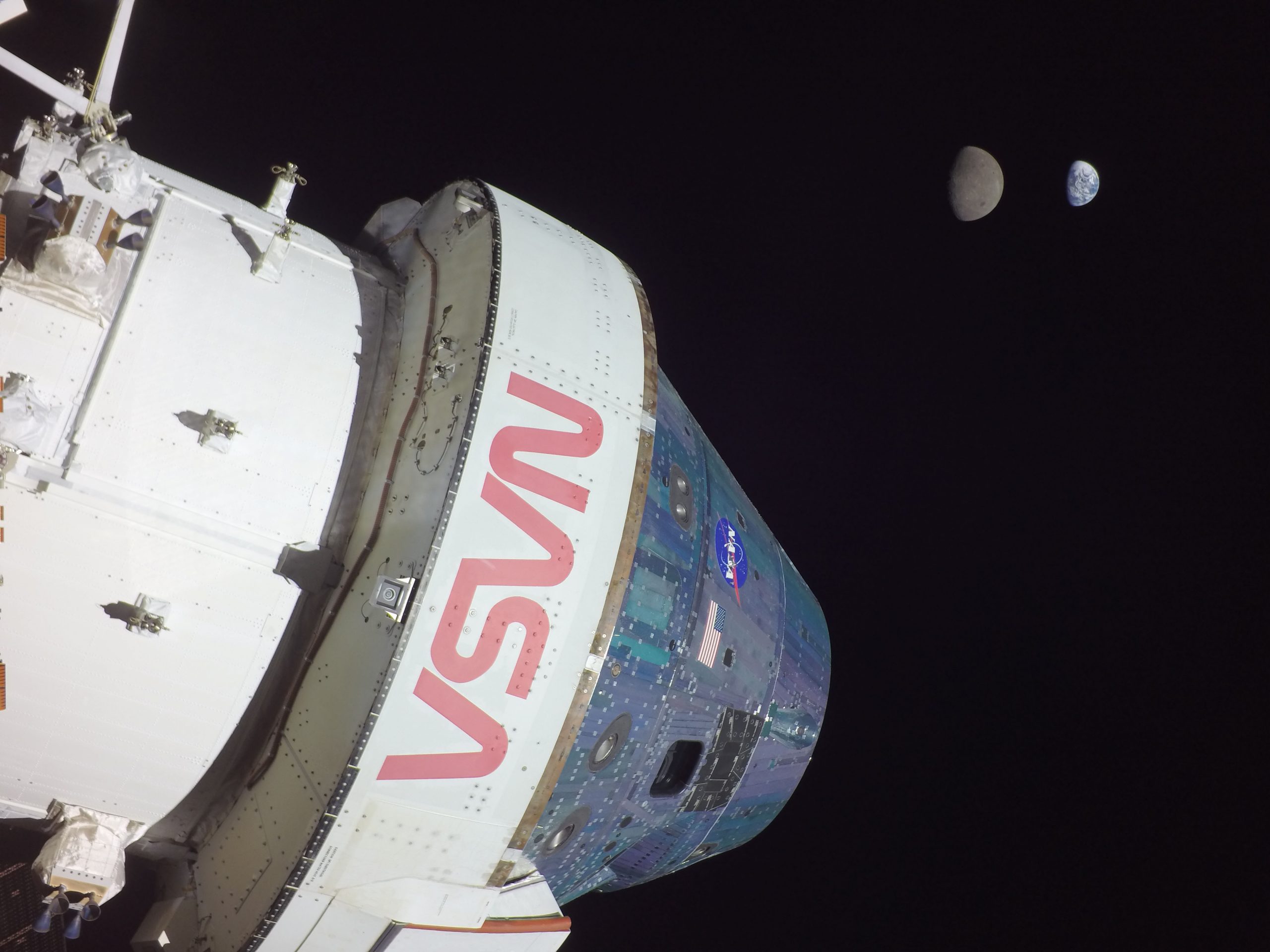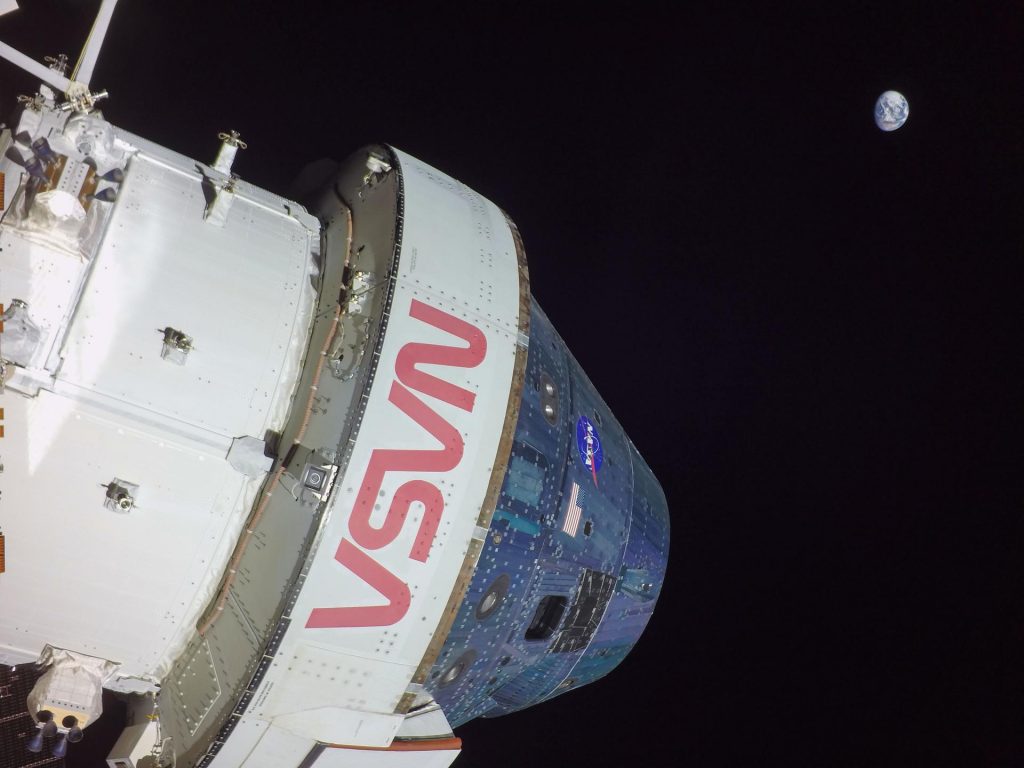
The Artemis I mission management team met today to review the overall status of the flight test and polled “go” for Orion to depart from its distant retrograde orbit, where it has been since Nov. 25. Orion will conduct a burn to depart the orbit at 3:53 p.m. CST Thurs., Dec. 1 and begin its trek back toward Earth.
“We are continuing to collect flight test data and buy down risk for crewed flight,” said Mike Sarafin, Artemis mission manager. “We continue to learn how the system is performing, where our margins are, and how to operate and work with the vehicle as an integrated team.”
On Flight Day 15, Orion also performed a planned orbit maintenance burn to maintain the spacecraft’s trajectory and decrease its velocity ahead of its Thursday departure from a distant lunar orbit. During the burn, Orion used six of its auxiliary thrusters on the European Service module to fire for 95 seconds. The burn was initially planned for a shorter duration but was lengthened as part of the team’s effort to add test objectives to the mission. The 95-second burn provided additional data to characterize the thrusters and the radiative heating on the spacecraft’s solar array wings to help inform Orion’s operational constraints. All previous thruster burns were 17 seconds or less.
Orion’s European-built service module has provided the propulsive capabilities to adjust the spacecraft’s course in space via its 33 engines of various types, and serves as Orion’s powerhouse, supplying it will electricity, thermal control, and air and water for future crews, in addition to propulsion. Artemis I is the first time NASA is using a European-built system as a critical element to power an American spacecraft. Provided by ESA (European Space Agency) and its partner Airbus Defence and Space, the service module extends NASA’s international cooperation from the International Space Station into deep space exploration.
NASA is continuing to extend its relationships with its international partners to explore the Moon under Artemis. The agency’s Gateway, a multi-purpose outpost in development to orbit the Moon that will provide essential support for long-term lunar exploration, includes contributions from ESA as well as the Canadian Space Agency and the Japan Aerospace Exploration Agency. Agencywide, NASA has more than 600 active international agreements with organizations and space agencies around the world.
Teams also elected to add four additional test objectives to Orion’s return trip to Earth to gather additional data on the spacecraft’s capabilities. Two will evaluate whether opening and closing a valve the pressure control assembly affects a slow leak rate in that system; a third will demonstrate Orion’s ability to perform attitude maneuvers at the rate that will be necessary for a test on Artemis II; and the fourth will test its capability to fly in a three degree of freedom attitude control mode, as opposed to the six degree of freedom mode it typically flies in.
Prior to today’s orbital maintenance burn, a total of 5,681 pounds of propellant had been used, 203 pounds less than values expected before launch. Some 2,004 pounds of margin is available beyond what is planned for use during the mission, a 94-pound increase above prelaunch expected values.
Just after 4 p.m. CST on Nov. 30, Orion was traveling 253,079 miles from Earth and 50,901 miles from the Moon, cruising at 2,052 mph.
Coverage of the distant retrograde orbit departure burn will begin Thursday at 3:30 p.m. CST, with the burn scheduled to occur at 3:53 p.m. Watch live on NASA TV, the agency’s website, and the NASA app.
View the latest imagery of the Moon, Earth, and Orion on NASA’s Johnson Space Center Flickr account and Image and Video Library. When bandwidth allows, views of the mission are available in real-time.






